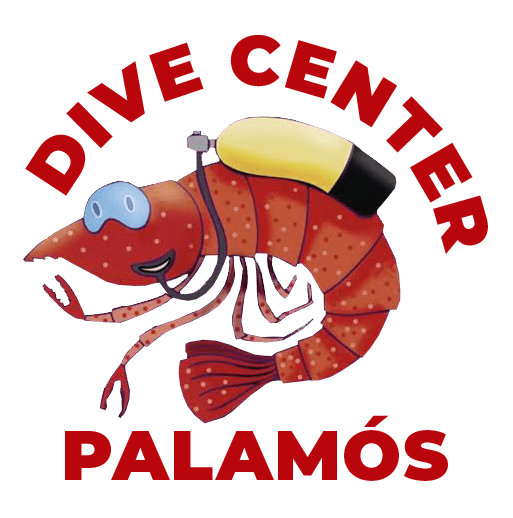STARFISH
The starfish are one of the animals that we can see more sovint during the immersions to the Costa Brava, to the Palamós area they are very common.
It is important to know that handling them and treure-les de l’aigua els hi pot cause mort.
Why shouldn’t we touch the starfish?
These animals are extremely fragile, they have small structures spread throughout the seu cos that can warp if you touch them. When having a sudden change they are prone to stress and they do not recover quickly, but they can end up dying.

The starfish DO NOT s’have treure mai de l’aigua!
The starfish capture the oxygen of the water, due to their breathing process, through the seve dermal gills, papular anomalies. Això vol dir, que quan es treuen aquestes esu habitat, they cannot carry out the exchange of gases necessary for their vital cycle and suffer from intoxication, generally with dioxide or carbon monoxide, and in few seasons, between 10 seconds and 3 minutes, depending on the species, moren.

Who are the types of starfish found on the Costa Brava?
The most common starfish species in our area are the following:
Echinaster sepositus or vermella starfish

It is a typical shaped star, with radial symmetry, with a relatively small central disc. Normally I have 5 long arms, arrodonits and punxeguts, sometimes they reach 6 or 7.
On each of the arms, along its lower coast, it presents several files of the “peus ambulacrals” anomalies, which are used as much to move as to hold food.
They have sharp spines that are covered by the skin, a soft skin rich in glands that produce mucosa with granulations.
It is vermell in color, more or less ataronjat, molt viu, tot i que es clearer pel seu costat aboral.
Marthasterias glacialis or green star

It is the largest starfish on our coast, reaching up to 80 centimeters, which is normally smaller.
It has three rows of robust spines, very characteristic, that run through the arms. These spines are wrapped by an anell of pedicel·laris, molt petits organs that have neteja functions.
The gamma of colors of this star is very varied (green, gray, brown) as well as the specimens that are deeper have a lighter hue than those that are closer to the surface (light brown, pink , groguen).
Coscinasterias tenuispina or spiny star

It is a star with a fairly irregular symmetry, about 12-15 centimeters in diameter, made up of between 7 and 10 arms at the volt of the central disc, which is quite small.
It presents from two to four madreporits, which are fish that constitute the aquifer bascular system. At the top there are thick spines, located irregularly on the plate, and arranged on the arms in 5 longitudinal threads.
Its color is variable, the upper part is whitish-grey with brownish taques stretching to black or also grogues, vermelles or turquoise blue, the lower part is groc-white stretching to groc.
Hacelia attenuata

It is a starfish with cinc arrodonits arms, that s’insereixen dins the petit corporal disc by the widest base, and that is estrenyent cap a l’extrem fins to finish in tip.
They can reach 25 centimeters










